MARKET OVERVIEW
The Global Fall Protection Equipment market is critically important, providing products and solutions engineered in such a way as to protect a worker from falling in nearly every working environment. The market is characterized by a broad spectrum of equipment meant for use, such as harnesses, guardrail systems, safety nets, and anchorage points all engineered to ensure the safety of workers operating at heights. This market importance is directly linked to occupational safety standards across the industries of construction, manufacturing, oil and gas, and mining, where fall hazards hold concern. With growing stringent regulations and standards across the globe with respect to workplace safety features, the Global Fall Protection Equipment market is likely to be really big in terms of providing safeguard measures to the workforce in order to stay productive for organizations.
Such rules are usually laid down by political agencies and global bodies as a compulsion for using fall arrester gear at workplaces where employees are exposed to the danger of falling. This is expected to lead to continued demand in this market by the need to practice and follow such safety standards. In the forthcoming years, technological advancement is expected to carve the future for global fall protection equipment. Innovations include IoT-enabled devices, smart wearables, and advanced materials, which will translate to effective and user-friendly solutions in the protection against falls.
Integration of IoT in the fall protection industry will enhance real-time monitoring of workers' movements and the detection of fall incidents, leading to an immediate response to such emergencies and instant safety improvements. Additionally, this introduction of lighter but strong materials in the market will increase the comfort and eventual uptake of fall protection gear. The current rise in looking up since more employees and employers are already aware of work safety practices. Investment in fall protection equipment by companies and employees after becoming sensitive to the human and financial costs associated with accidents in workplaces will take up business practices and investment to support this change in thinking following a steady stream of information and training towards a cultural change toward safety.
Additionally, with the increased frequency of audits and inspections for workplace safety, the importance of strong fall protection systems will be inherently brought to the light. Continued demand for fall protection equipment will characterize the construction industry specifically. Because of just how intrinsically dangerous it is to work on a construction site, stringent safety measures are an absolute must. At the same time, infrastructure development endeavors, urban and rural, and the development of residential and commercial real estates will increasingly require state-of-the-art fall protection solutions. Additionally, the capital-intensive and high-risk oil and gas industry will continue to require the use of fall protection equipment for worker safety during exploration, drilling, and maintenance operations.
Geographical imbalances in demand are also likely to be caused by economic development and industrialization as driving forces among the generally aware, along with more stringent enforcement. Market growth for fall-protection equipment in developed regions, where safety standards are more strictly enforced, then is likely to be good. Market conditions in fast-growth, rapidly industrializing and urbanizing, emerging economies will provide significant opportunities as safety and regulatory requirements are increased. The market for fall protection equipment is part of the integrated global industrial safety system. Its future is going to be assured by regulation and technology and by an increase in overall well-being at the workplace as various industries give more force toward workforce well-being. Falling protection techniques form an indispensable part of industry-related safety, assuring the demand for robust, consistent fall protection solutions amidst technologically advanced market leaders.
Global Fall Protection Equipment market is estimated to reach $4,796.8 Million by 2031; growing at a CAGR of 5.9% from 2024 to 2031.
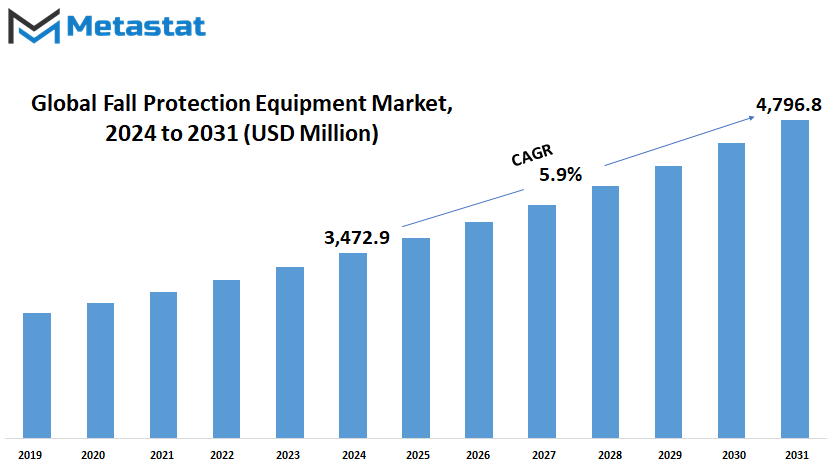
GROWTH FACTORS
Several factors have put the Global Fall Protection Equipment market on a growth path. Some of these factors include strict enforcement of safety regulations across industries. With increasing enforcement of such regulations, industries are compelled to invest in fall protection equipment so that workers can be safeguarded from falls. There is a growing consciousness for workplace safety, which further lends impetus to the demand for fall protection gear.
Furthermore, the growth of industries such as construction, manufacturing, and energy helps fuel market growth. As these sectors grow, so does the need for fall protection equipment in ratio. Workers in these industrial sectors generally work at heights or in hazardous places and therefore need fall protection equipment to ensure their safety.
Though the growth factors are in place and positive, there still exist several challenges to the market. One of these major ones is the expensive cost for fall protection equipment and training users on how to apply it. These costs become a barrier for some companies to effectively apply all-inclusive programs for protecting falls, especially smaller companies.
Other problems are the availability of trained manpower and implementation of safety measures. Without properly trained personnel and without strict control over safety, fall protection equipment is not effective at all. This may impede the market growth as companies are very much concerned about compliance with safety.
Looking ahead, the development of innovative, cost-effective fall protection solutions will provide scope for market growth. On one hand, manufacturers are upgrading the safety standards of their products; on the other, they are making them more accessible to a greater number of business entities. Such developments will not only make working at height safer but also encourage more companies to invest in fall protection equipment.
The drivers of the global fall protection equipment market are safety regulations, expansion in the industry, and workplace safety awareness. The high costs and limited skilled labor challenge the growth of the market. However, innovative and reasonably priced fall protection solutions keep the market moving for the next few years.
MARKET SEGMENTATION
By Type
Declining, preventing damage or injury Other's device has to face those global fall protection equipment markets, based on its three broad fragmented types: individual protection, collective protection, and access equipment. Each of the subsegments has its uniqueness and proves an essential addition to providing a holistic safety environment in different working situations.
Personal protective equipment protects an individual from falling. The harness, lanyards, and lifelines come under this specific category. They play a very vital role in the sectors of construction, oil and gas, and manufacturing. With the technology revolution, these pieces of equipment will become even more ergonomic and user-friendly. The intelligent harnesses will also be able to monitor a worker's vital signs and detect fall incidents in real time. Such intelligent systems will engage or take up measures to protect the workers, further minimizing such incidents and providing data to avoid such accidents in the future. Collective protection equipment is protection that protects more than one worker, either by barrier or system, by preventing the fall in the first instance.
The main examples are guardrails, safety nets, and temporary floors. This sector could really benefit from the development of the lightweight yet heavy-duty materials in the near future. Think about guardrails, being more solid and lighter to arm than the current products commercially offered at the time, made of advanced composite. These inventions will bring faster deployment with more flexibility while creating a safe working environment. Access equipment, including ladders, scaffolds, and elevated working platforms, forms an integral part of supporting workers to work safely at height. The future of this segment is likely to be shaped by automation and enhanced mobility.
Probably, robotic scaffolding that can assemble and disassemble itself or ladders with integrated stabilization systems would become the order of the day. Such enhancements would raise not only safety but also effectiveness toward the reduction of the time and labor costs necessary to erect and dismantle such systems. One of the most exciting possibilities is in combining the Internet of Things and Artificial Intelligence with fall protection equipment. Smart helmets with augmented reality functionality would have the ability to display real-time warnings of hazards, safety instructions, and other pertinent information to enhance the awareness of the worker. AI risk assessment tools could analyze the site for conditions that could lead to hazards and predict potential fall hazards, enabling appropriate measures in order to take action before the risks materialize.
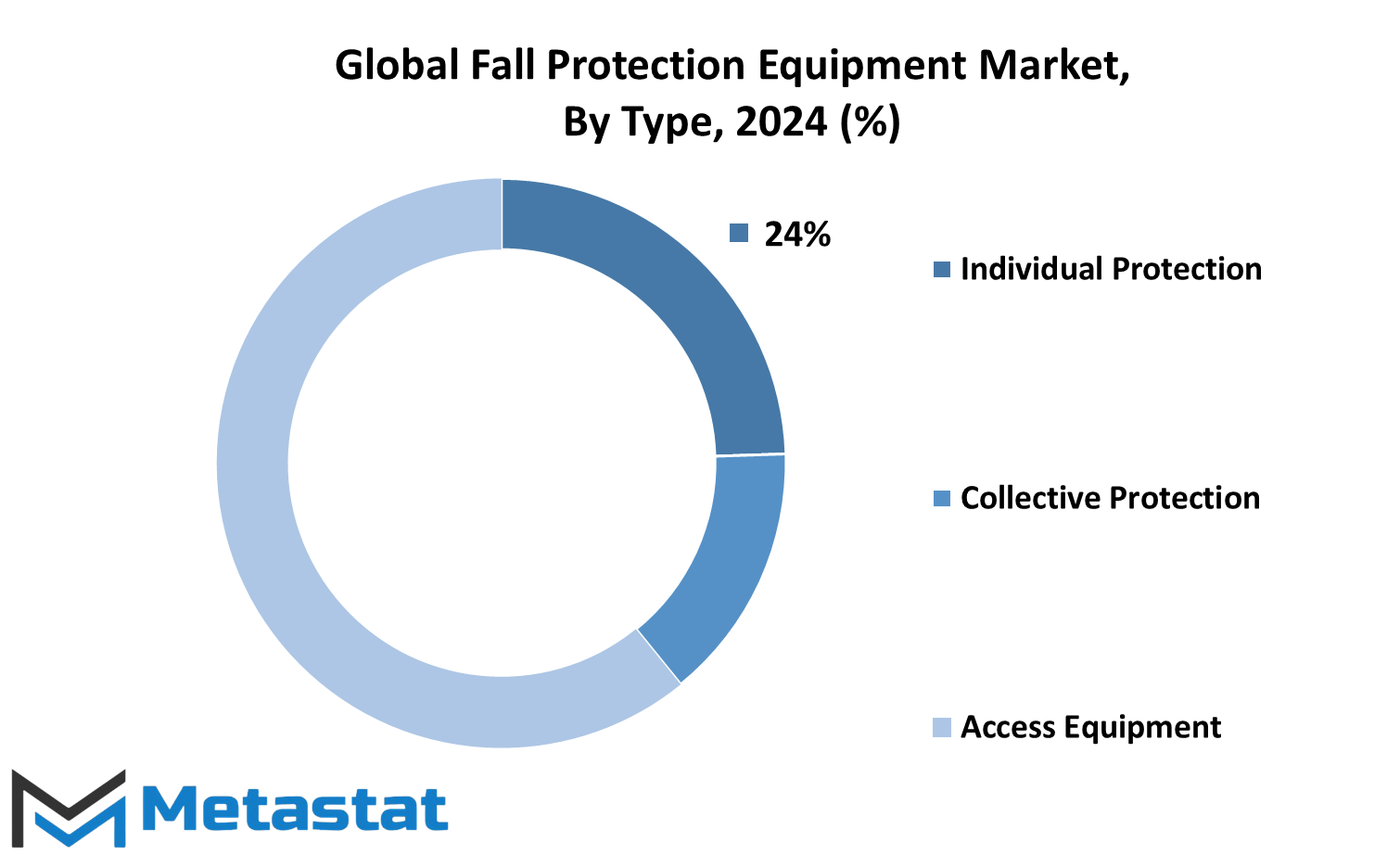
By Product
The Global Fall Protection Equipment market is undergoing prominent growth and change, and its future prospects are bright. On the basis of the product type, this market can be divided into hard goods, soft goods, rescue kits, full-body harnesses, and body belts. All of these subcategories feature very prominently in contributing to general safety in any industry, and innovations in these products would continue powering the market growth in the future.
Hard Goods are products such as guardrails and anchor points that make a big difference in preventing falls in high-risk environments. These products are indispensable in construction and manufacturing environments where workers operate at great heights. With technological advancements, we stand to see harder, more innovative materials being used to give better safety and easier installation. For instance, smart technology might be embedded in those hard goods to provide real-time data about the products' condition and usage, further ensuring workers' safety. Soft goods, such as lanyards and lifelines, add flexibility and are important to movement and mobility while working at heights. It is inherent within this product grouping that they are most likely to see the benefits of constantly evolving materials science that continues to produce both lighter and stronger materials capable of more stress and strain. In the future, improvements to ergonomic design may further reduce fatigue and increase comfort to the wearer, allowing them to be worn longer and engendering a greater compliance with safety programs.
This thus necessitates the need for rescue kits in order to respond to a fall incident effectively and efficiently. The kits should be more advanced through the incorporation of advanced rescue devices that facilitate the retrieval of people who have fallen as required, quickly, and safely. The integration of technology, such as GPS, and communication systems could be some of the factors to facilitate responding in time, therefore ensuring efficient assistance.
Full body harnesses could lay claim to being the most well-recognized fall protection equipment. They provide the greatest degree of protection since they are intended to bear the energy of a fall around the body. Future designs of harnesses will be aimed to be more comfortable and user-friendly so that workers want to wear them all the time. New design features such as harnesses that adjust automatically to the shape of the body or harnesses with buckles that are easier to put on and take off will accompany such innovations.
Body Belts are less fully comprehensive than full-body harnesses but still provide essential support and safety in lower-risk environments. Future designs of body belts might be in the form of hybrid devices, borrowing the positive attributes of both body belts and harnesses to deliver substantively better protection without limiting mobility.
By Application
The global fall protection equipment market is at the rising stage and in accordance with the awareness among people regarding safety at work and strict regulations. This high-growth-rate market caters to a broad scope of applications such as oil and gas, construction, transportation, mining, telecom, energy and utilities, and general industries. Each sector has its own specific requirements in terms of safety; thus, the importance of fall protection equipment for safeguarding employees cannot be looked over.
Fall protection is very important in the oil and gas industry because of the hazardous nature of the work environment. Most of the time, workers are required to operate at heights, either on an offshore platform or while servicing the drilling equipment. Fall protection equipment in this sector avoids mishaps by providing a sense of security to workers during the performance of their duties; it actually enhances operational productivity.
On the other hand, the construction industry represents one of the largest consumers of fall protection equipment. Construction sites are intrinsically dangerous, and workers are constantly working on scaffolding, ladders, and roofs. With increasing urbanization, demand for safe construction work is more likely to increase in the near future. Improvements in such technologies are given to become quite common, especially the use of connected safety equipment that tracks and reports in real-time employees' safety.
Transport is another key sector where fall protection plays a vital role. This may include aircraft maintenance, working on railroads, or even loading and unloading cargo in shipping harbors all having a lot of possibilities for potential falls that workers may experience. Fall protection in these areas ensures the safety of the employees and guarantees fluent transportation systems a lifeline of trade and mobility across the world.
Fall protection equipment is quite essential in the mining industries, where workers are found most of the time over deep shafts and high platforms. Specialized fall protection gear is required to avoid accidents and injuries amidst challenging conditions and the ever-present risk of falling debris. Since mining activities will continue to increase with increasing demand for minerals and resources, more robust safety measures will have to be adopted.
The extensive network of towers and high structures also includes the involvement of the telecom sector. Effective fall protection solutions are needed for technicians involved in the installation and maintenance process of communication equipment, who often come across considerable height-related risks. Their safety, through the use of reliable fall protection gear, becomes very important for uninterrupted communication services.
Volumes of maintenance towards power lines, wind turbines, and other high-elevation-type structures are quite high in the energy and utility sectors. The growing focus on renewable sources of energy, such as wind and solar power, will likely drive further demand for specialized fall protection equipment designed to perform in such environments.
General industry applications for fall protection equipment are very diversified and range from manufacturing plants to warehouses. Work safety is the prime requirement for increasing productivity by reducing workplace mishaps.
The overall outlook for the global fall protection equipment market looks promising across all major industries. With tightening safety legislation and growing awareness of workplace safety, the demand for effective fall protection solutions is likely to continue mounting. The future of the fall protection equipment market is very promising given the advancing technology and increased concern for the protection of workers at workstations.
REGIONAL ANALYSIS
The Fall Protection Equipment market is further divided into several distinct geographical regions: North America, Europe, Asia-Pacific, South America, and Middle East & Africa. Each region shows different and unique characteristics and trends which govern the dynamics and future growth.
The North American region is constituted by the U.S., Canada, and Mexico. This region is likely to see notable growth due to strict safety legislations and high focus on ensuring worker safety across all industry verticals. The U.S. contributes a dominant market share, driven by robust ongoing industrial and construction activities that utilize sophisticated fall protection solutions.
Demand for fall protection equipment is also high in the European region, which includes the UK, Germany, France, Italy, and others. The mature industrial base and strict safety standards laid down by the region offer support to the steady expansion of the market. Countries like Germany and the UK are taking a lead by adopting the latest safety techniques and legislation that accelerate the demand for fall protection equipment.
The Asia-Pacific region, divided into India, China, Japan, South Korea, and the rest, is also one of the fastest-growing segments of the market. The growth in this region is aided by rapid industrialization and urbanization that countries like China and India are pursuing aggressively. Such growth by these economies further opens up demand for comprehensive safety measures at workplaces, hence increasing the demand for fall protection equipment.
While workplace safety is being realized across South America, including Brazil, Argentina, and neighboring countries, slowly, improving economic conditions and raising awareness about safety at workplaces are prone to drive growth. Even though the market is developing, Brazil, being the biggest economy in the region, calls the shots in market trends here.
The Middle East & Africa region, which includes GCC Countries, Egypt, South Africa, and others, is also on a positive growth path for the fall protection equipment market. The main factors contributing towards such growth include the rapid growth in infrastructure development and the boom in the construction sector that GCC countries are experiencing at present. Moreover, enhanced safety regulations and increased awareness about safety in Africa drive the market growth.
The Global Fall Protection Equipment market is bound to change with changing technology and increasing awareness towards workplace safety in the future. Drivers and challenges will vary across different regions because of their respective different economic conditions and regulatory frameworks. However, this trend to promote safety and bring down the cases of workplace fatalities will remain a common driving factor across all regions. This means that the market's future is promising because industries around the world are focused on creating a safe working environment for their employees.
COMPETITIVE PLAYERS
The global fall protection equipment market is anticipated to grow at a considerable rate in the coming years, driven by growing concern and awareness for workplace safety and stringent regulations. The key players operating in this market include 3M, MSA Safety, Miller by Honeywell, French Creek Production, FallTech, Super Anchor, FallProtectionPros.com, Inc., Guardian Fall Protection, Elk River, Karam, Klein Tools, P&P Safety, Petzl, Survitec Group, Teufelberger, GISS, Gravitec Systems, Inc., Kee Safety Inc, W.W. Grainger, Inc., Webb-Rite Safety, and WernerCo. Companies driving innovation in this industry strongly focus on increasing the safety measures and quality of equipment. In the future, this competition among these players is most likely to increase and will try to come up with more advanced and user-friendly products.
There will be improved innovation to tackle the improved safety gear demand, gearing towards the manufacture of gears that not only accord to the current standards but also exceed them. Companies such as 3M and MSA Safety will most likely invest more in research and development to remain competitive. It will mean more durable, comfortable, and user-friendly products to ensure better protection for workers in all industries. Furthermore, technology integrated into fall protection equipment is going to revolutionize the market. Smart wearables and IoT-enabled devices are likely to offer real-time monitoring and alert systems that will drastically bring down the occurrence of accidents. Companies like Petzl and Klein Tools will likely delve into these technological advancements, thereby offering products that not only prevent falls but also provide data of key importance in the improvement of workplace safety protocols.
The competitive landscape will also be outlined by strategic partnerships and acquisitions. Large companies will try to grow their market share and increase their product lines by partnering with or acquiring small and innovative companies. Not only will this give them a bigger market share, but it will also fuel innovation in state-of-the-art safety solutions. This can potentially set the bar high in terms of design and functionality for safety equipment through cooperation between traditional manufacturers and technology companies.
Moreover, increasing the emphasis on green and eco-friendly products will leave its effect on the market dynamics. Survitec Group and Teufelberger, among others, will concentrate on developing fall protection equipment using recyclable material in line with global sustainability goals. This production shift to eco-friendly manufacturing processes would help appeal to the rising number of eco-conscious consumers and industries, thus boosting market growth.
In the near future, very rapid technological improvements will be disclosed in the global Fall Protection Equipment market, strategic partnerships, and a high emphasis on sustainability. Innovation from key players like 3M, MSA Safety, and other leaders in the industry will make certain that the safety standards are not only met but continually improved on. Workers around the world will benefit by having safer, more reliable, yet increasingly sophisticated fall protection solutions.
Fall Protection Equipment Market Key Segments:
By Type
- Individual Protection
- Collective Protection
- Access Equipment
By Product
- Hard Goods
- Soft Goods
- Rescue Kit
- Full Body Harness
- Body Belts
By Application
- Oil & Gas
- Construction
- Transportation
- Mining
- Telecom
- Energy & Utilities
- General Industry
Key Global Fall Protection Equipment Industry Players
- 3M
- MSA Safety
- Miller by Honeywell
- French Creek Production
- FallTech
- Super Anchor
- FallProtectionPros.com, Inc.
- Guardian Fall Protection
- Elk River
- Karam
- Klein Tools
- P&P Safety
- Petzl
- Survitec Group
- Teufelberger
WHAT REPORT PROVIDES
- Full in-depth analysis of the parent Industry
- Important changes in market and its dynamics
- Segmentation details of the market
- Former, on-going, and projected market analysis in terms of volume and value
- Assessment of niche industry developments
- Market share analysis
- Key strategies of major players
- Emerging segments and regional growth potential



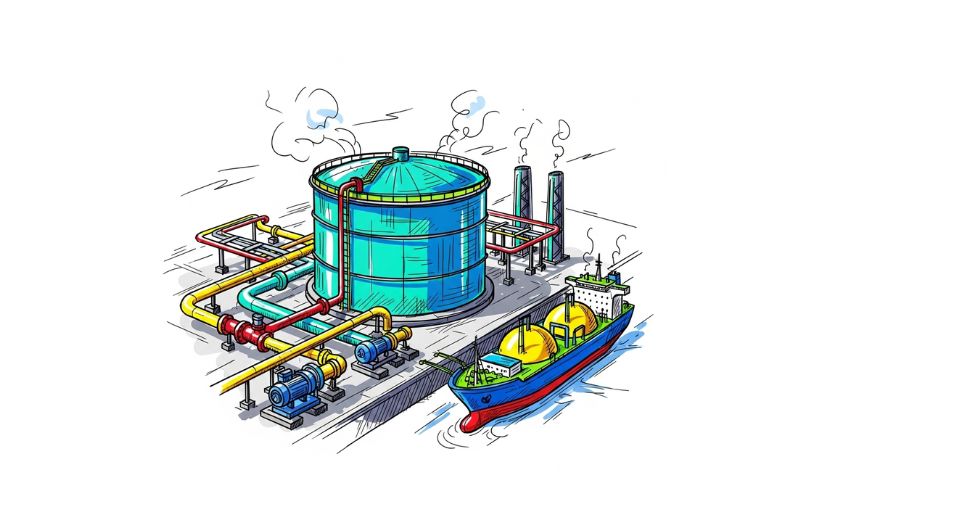
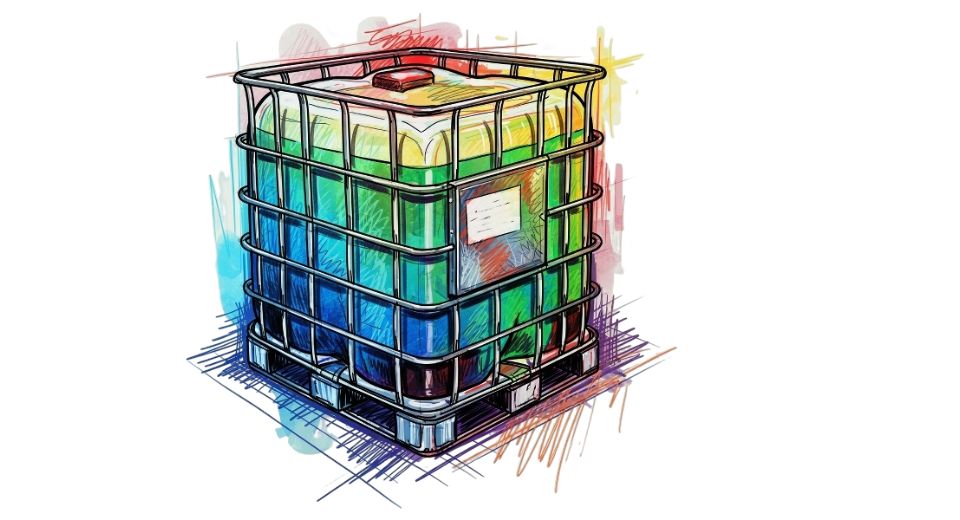
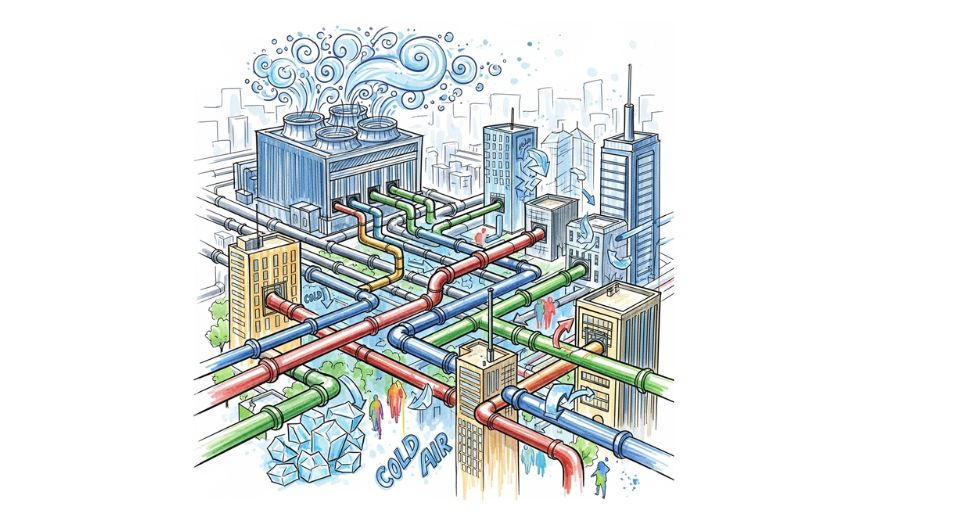
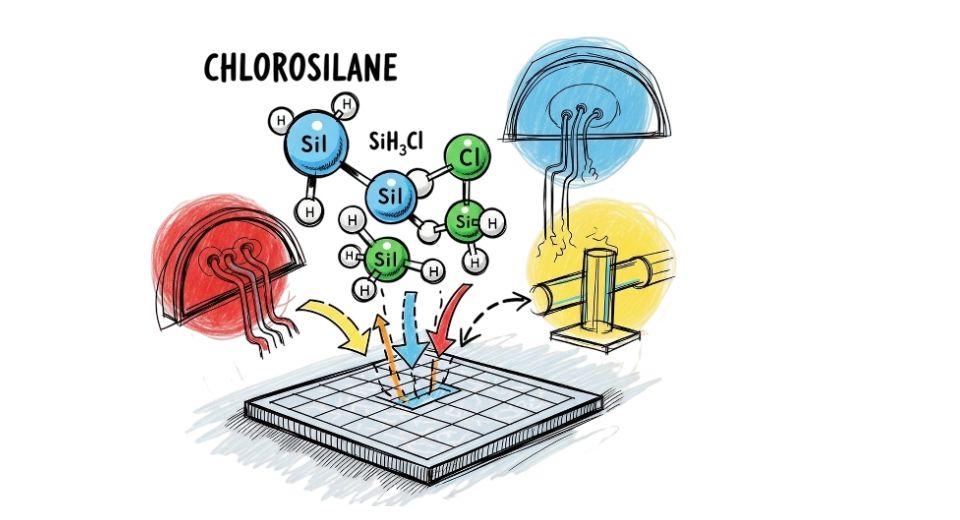

 US: +1 3023308252
US: +1 3023308252






